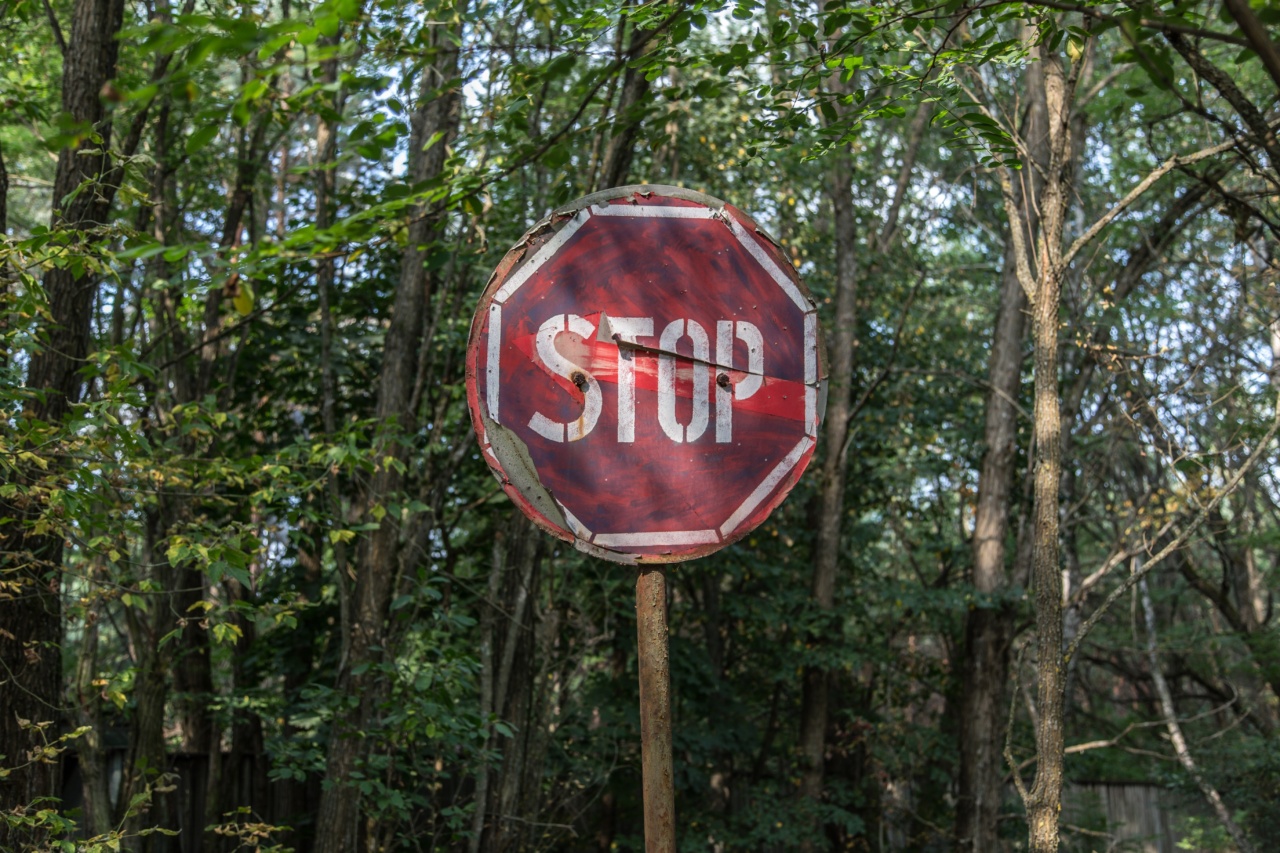Parenting is a rewarding and challenging journey that requires constant attention, love, and guidance. One of the most important aspects of being a parent is ensuring the safety and well-being of your child.
In this article, we will explore the ABCs of parental guidance, equipping parents with essential knowledge and skills to prioritize safety at all times.
1. Assessing Risks
The first step in ensuring the safety of your child is to assess potential risks in their environment. This includes identifying any hazards in your home, such as sharp objects, toxic substances, or loose electrical cords.
Conduct a thorough evaluation of your child’s surroundings to make necessary changes and create a safe space for them to grow and explore.
2. Boundary Setting
Establishing clear boundaries helps children understand limitations and fosters a sense of security. Teach your child about the importance of boundaries by explaining what they are and why they exist.
Whether it’s staying within a designated area while playing or adhering to curfew rules, consistent boundary setting is crucial for their safety.
3. Communication
Open and honest communication plays a vital role in parental guidance. Encourage your child to express their thoughts, concerns, and feelings, creating a safe platform for dialogue.
Active listening is equally important – pay attention to their words, body language, and emotions. Effective communication ensures that your child feels valued, understood, and safe.
4. Discipline
Discipline is not synonymous with punishment but rather a means to teach your child right from wrong. Consistent discipline fosters a sense of responsibility and respect for rules.
However, it’s important to approach discipline in a non-violent and age-appropriate manner, ensuring a safe and loving environment for your child to learn and grow.
5. Educational Resources
Take advantage of educational resources to enhance your understanding of child safety. Attend workshops or seminars on childproofing your home, first aid, and emergency preparedness.
Read reputable books on child safety, development, and parenting techniques. The more informed you are, the better equipped you will be to mitigate potential safety risks.
6. First Aid Training
Accidents can happen, even with the best preventive measures in place. Acquire first aid training to equip yourself with the skills to handle emergency situations calmly and effectively.
CPR, choking prevention techniques, and basic wound care are some essential skills that every parent should possess to ensure the safety of their child in case of an emergency.
7. Guardianship Awareness
When entrusting your child to the care of others, whether it be a nanny, daycare, or family member, ensure that each caregiver is aware of and follows your safety guidelines.
Communication is key – share your expectations, potential risks, emergency plans, and contact information. Regularly check in with these caregivers and address any concerns promptly.
8. Home Safety Measures
Childproofing your home is crucial to create a safe environment for your child to thrive.
Install safety gates at the top and bottom of staircases, secure heavy furniture to prevent tipping, cover electrical outlets, and lock cabinets containing hazardous substances. Regularly inspect your home for potential hazards and make necessary adjustments as your child grows.
9. Internet Safety
In this digital age, it’s essential to educate your child about online safety and promote responsible internet usage.
Teach them about the potential dangers of sharing personal information online and guide them towards age-appropriate websites and applications. Implement parental controls and regularly monitor their internet activities to ensure their well-being.
10. Joint Learning and Growth
Parental guidance is a continuous journey of learning and growth, not only for your child but also for yourself as a parent. Stay updated on the latest safety practices, child development research, and parenting strategies.
Seek support from other parents, as they can offer valuable insights and advice. Embrace the learning process and adapt your guidance techniques as your child’s needs evolve.






























